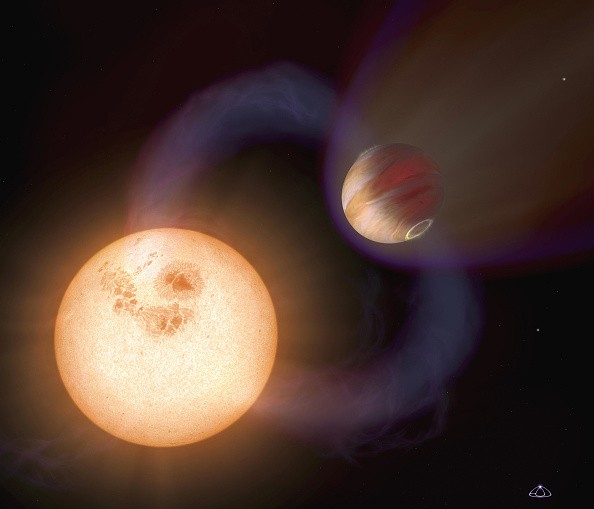NASA (National Aeronautics and Space Administration) has once again discovered new exoplanets that could sustain life. The international space agency was able to do this using its advanced TESS satellite (Transiting Exoplanet Survey Satellite).

For the past few years, various space agencies and independent companies were able to record new exoplanets, the heavenly bodies located outside the solar system.
Thanks to the continuously advancing space technologies, NASA and other international agencies were able to discover new Earth-like planets that are thousands or even billions of light-years away.
The company claimed that its TESS spotted a new start or planetary system containing at least five unique exoplanets.
The new planetary system called L 98-59 is said to be located around 35 light-years away from Earth. They added that some of these new worlds have characteristics that are also found on the planets orbiting the sun.
NASA Says New Exoplanets Have Earth-Like Characteristics
According to The Weather Channel's latest report, NASA's Transiting Exoplanet Survey Satellite discovered the new star system back in 2019.
Involved space researchers claimed that exoplanets within the so-called L 98-59 have the ideal amounts of warmth, which is quite similar to the solar system's terrestrial or solid planets. These include Venus and Earth.

If this is true, then there's a high chance that these newly-discovered heavenly bodies could also support different kinds of life. However, this was still not confirmed by NASA.
"We have hints of the presence of a terrestrial planet in the habitable zone of this system," said one of the researchers at the University of Porto in Portugal, Olivier Demangeon, who is also the lead author of the new space study.
In other news, SpaceX's Starship currently aims to promote multi-planetary life. Aside from Elon Musk's independent space company, Virgin Galactic also makes its own space innovations. These include reopening ticket sales for commercial space travels.
Other Exoplanet Discoveries
Aside from NASA's latest exoplanet discovery, Space Daily reported that European Southern Observatory's Very Large Telescope (ESO's VLT) was able to discover a new heavenly body outside the solar system.
ESO's team of astronomers also claimed that this new exoplanet has a mass that is only half of Venus. They also claimed that its habitable zone could have an atmosphere that possibly supports life.
For more news updates about NASA and its upcoming space discoveries, always keep your tabs open here at TechTimes.
This article is owned by TechTimes
Written by: Griffin Davis
ⓒ 2026 TECHTIMES.com All rights reserved. Do not reproduce without permission.




